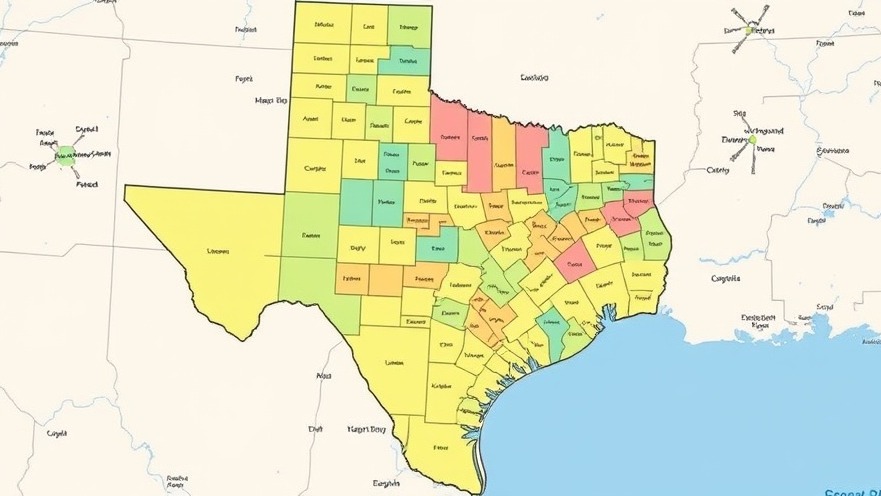
Understanding the Texas Redistricting Landscape
The recent developments in Texas redistricting highlight the political tensions surrounding the state's demographic shifts. The Texas GOP is seemingly banking on lower Hispanic voter turnout in their newly drawn congressional map, which has sparked widespread debate among political analysts and community leaders. Historically, Hispanic communities in Texas have been underrepresented, and the implications of this new map could significantly influence the outcome of the upcoming elections.
The Importance of Voter Turnout in Texas Elections
Voter turnout among Hispanic populations is crucial in determining the fate of various political races. In the previous elections, some areas with high Hispanic populations saw significantly lower participation rates compared to their non-Hispanic counterparts. In communities with strong Latino demographics, efforts to mobilize voters have become increasingly vital as redistricting efforts potentially dilute their electoral power.
Legal Challenges and Community Response
In response to the GOP's congressional map, several community leaders and organizations have challenged the legality of the new districts, arguing that they violate the Voting Rights Act. These legal battles symbolize a broader struggle for representation and equity among marginalized groups in Texas. The outcome of these lawsuits could reshape the landscape of Texas politics as we approach the pivotal 2024 elections.
Comparative Perspectives: Other States' Redistricting Battles
Texas is not alone in its redistricting drama; other states have faced similar challenges. For instance, states like Georgia and North Carolina have also seen contentious redistricting efforts that have raised questions about fairness and representation for minority groups. Observing these parallel circumstances provides insight into the often contentious nature of political boundaries and electoral dynamics across the nation.
Predicting Turnout and the Future of Texas Politics
As we gaze into the future, predictions about Hispanic voter turnout will play a pivotal role in shaping political strategies. Engaging younger voters and those historically excluded from the political process will be essential for both parties leading into the 2024 elections. By leveraging social media and community outreach, Texas Democrats hope to counter GOP strategies and mobilize these critical voters.
Why This Matters to Texas Residents
The implications of these redistricting decisions extend beyond political races; they affect local policies, funding allocation, and community representation. As the population of Texas continues to diversify, understanding how political maps shape community interests is vital. Many Texans may not realize how redistricting impacts issues like education funding, healthcare access, and immigration policies.
Actionable Insights for Engaged Voters
Voters should take proactive steps to understand their local electoral landscapes. This means researching the new congressional districts, recognizing the significance of representation, and participating in local government meetings. Engaging with community organizations that advocate for minority representation can enhance collective impact.
Concluding Thoughts: The Road Ahead for Texas
The redistricting saga in Texas is just beginning. As lawsuits unfold and political strategies develop, the Republican gamble on low Hispanic turnout may prove ambitious or misguided depending on how engaged communities respond. It's clear that every vote will matter more than ever in shaping not only local but national conversations about representation and equity.
 Add Element
Add Element  Add Row
Add Row 



Write A Comment